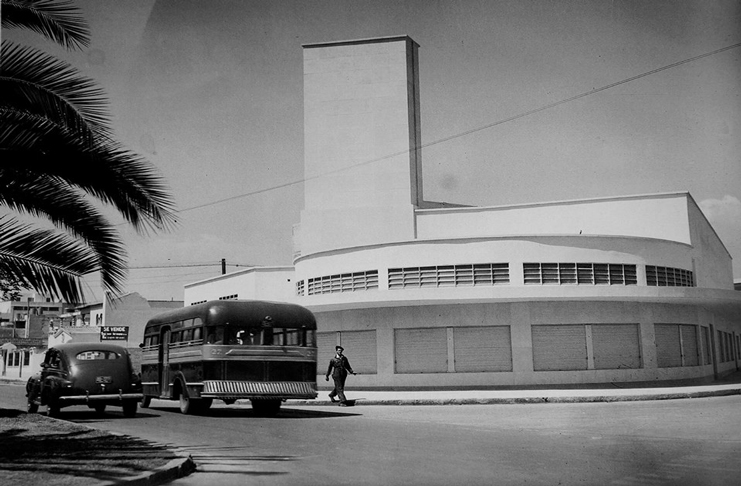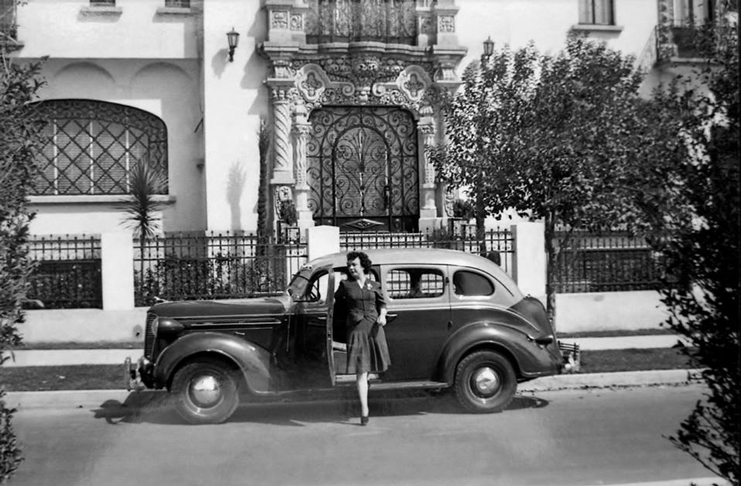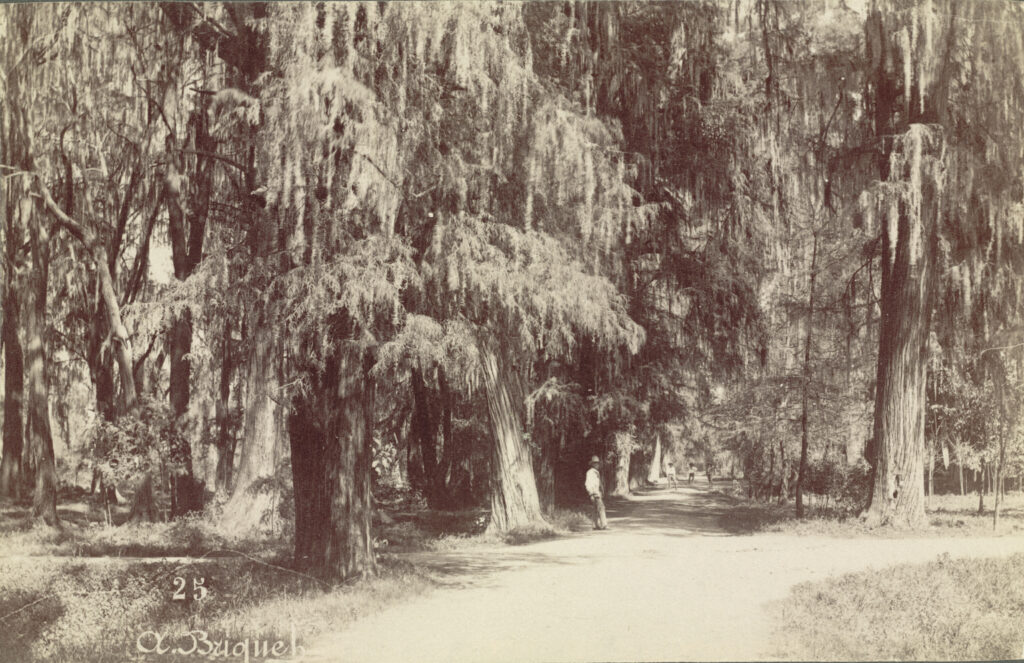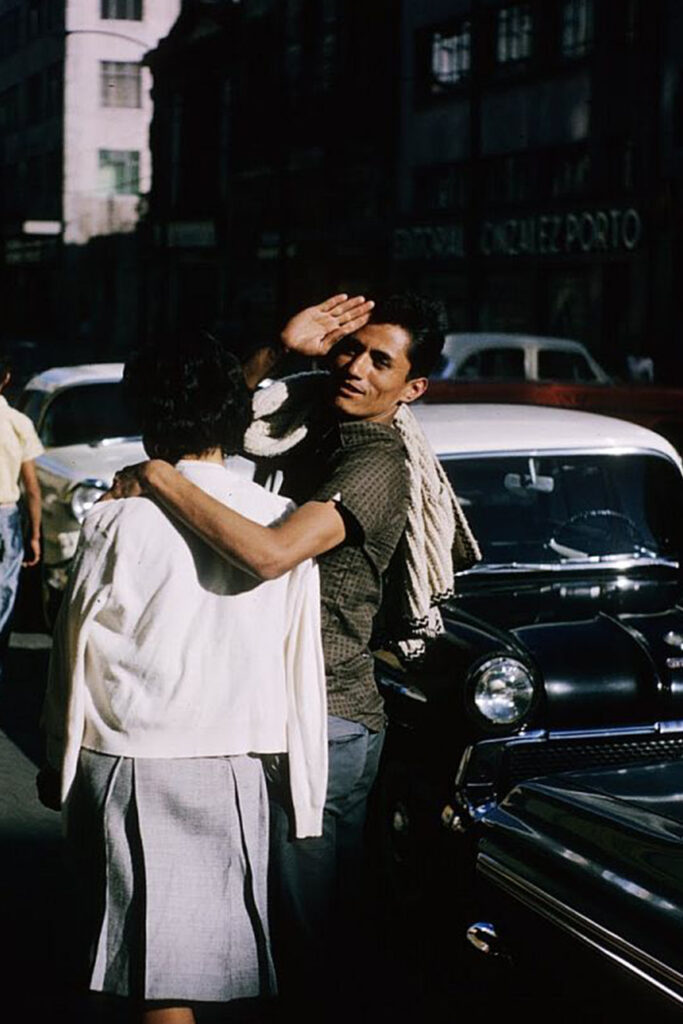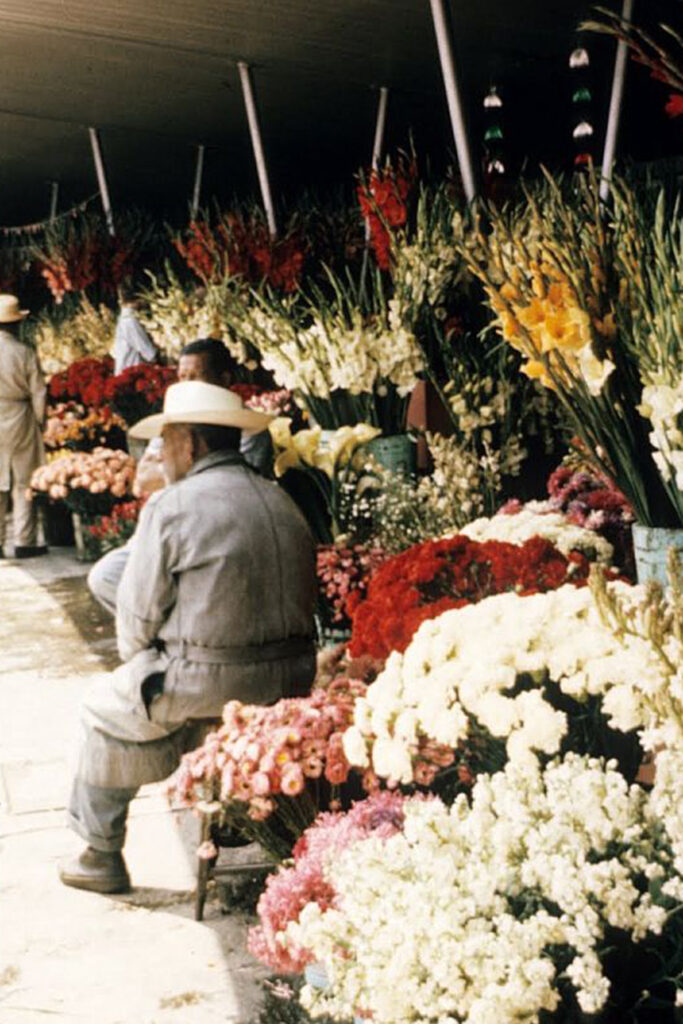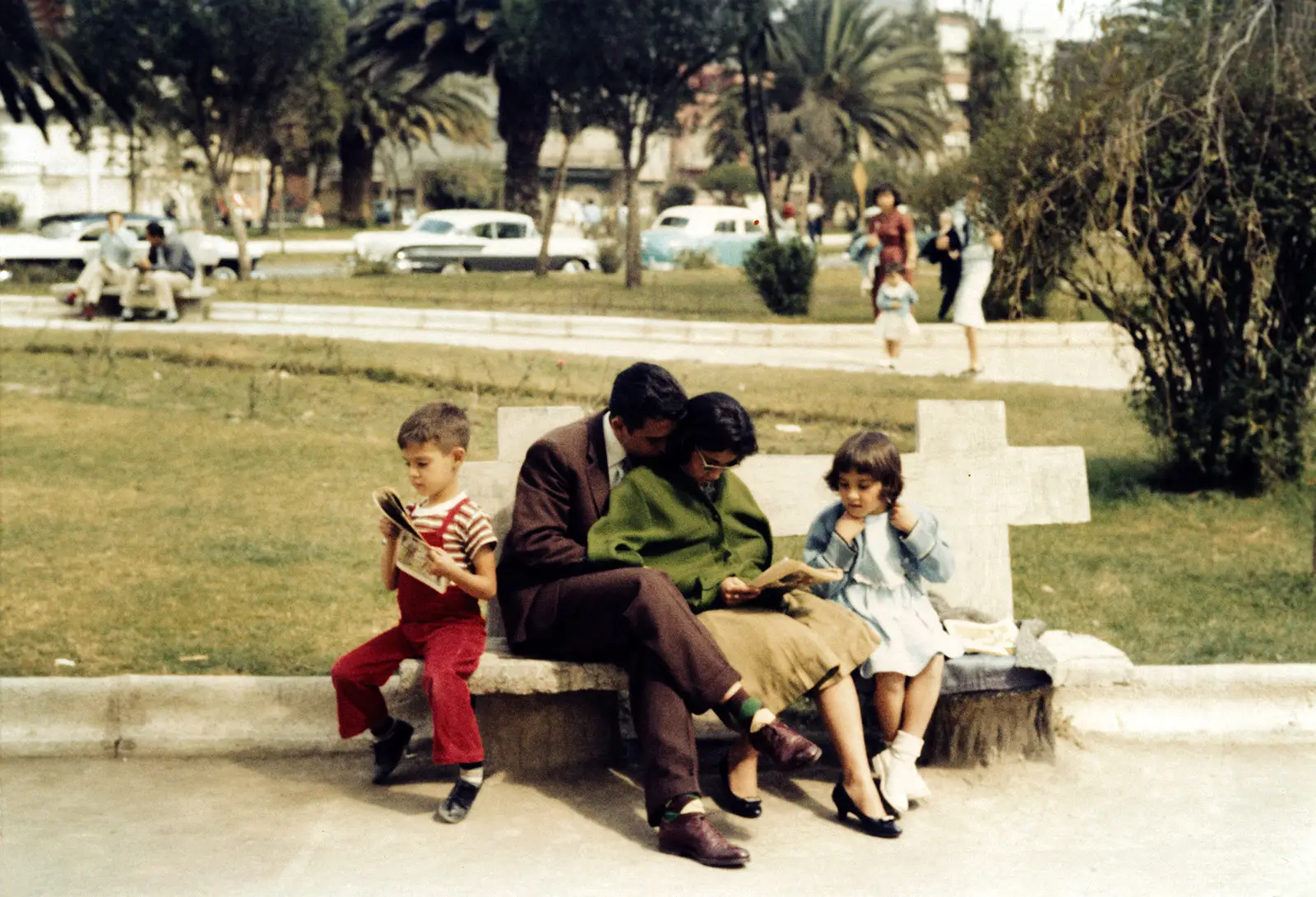Mi ciudad es chinampa de un lago escondido.
We’re deeply aware of how story shapes an experience. Our story is the story of Mexico. Cuenca speaks to the geographical wonder that is Mexico City. A basin shaped territory surrounded by mountains with ancient lake beds and canals now hidden under our feet, that converged to form the capital of one of the greatest civilizations of all time, the Aztec Empire. Then and now, this cuenca—this melting pot—brings together people, ideas, and movements from all walks of life. We are interweaving and converging ideas and influences that connect past to present. Casa Cuenca seeks to share this experience with you. A hotel that inhabits the textures of Mexico.
Indigenous roots
Mexico City is in fact a floating garden above a hidden lake. Ancient capital to the Aztec empire who settled the watery mashes of Lake Texcoco after seeing an eagle clutch a serpent atop a cactus in 1325 CE. The high altitude valley became the thriving city of Tenochtitlán meaning “place of the prickly pear” in the indigenous Nahuatl language, a language preserved and still spoken today. This concrete valley that you traverse today was covered in floating gardens, elaborate systems of canals, converging at sacred and urban points such as the farming lands of Xochilmilco or the pyramids of Templo Mayor that sits now excavated in Centro Histórico.
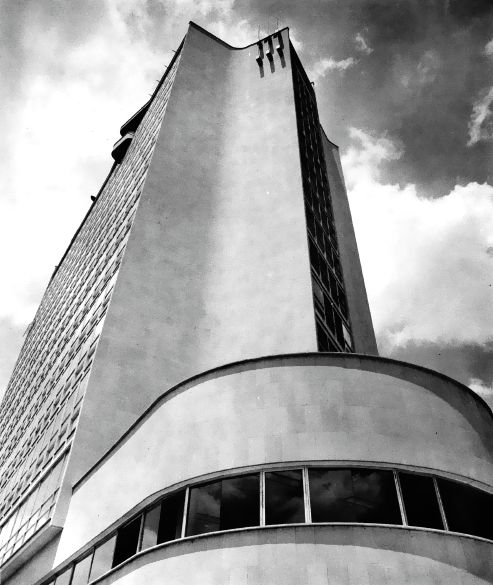
Colonial period
By the 17th Century, after the bloody Spanish conquest, the colonial power ordered the lake to be drained to mitigate floods, laying the foundation to build their vast empire on top of an empire. Spanish culture took over, introducing a new language, exploitation of resources, and imposed a new class system. Indigenous life was nearly wiped out. For three centuries the Spanish ruled and built palaces, churches, and residential haciendas in their style creating a cosmopolitan hub for Europe in the Americas. Eventually the uprising of the Catholic Priest Hidalgo, who led exploited workers and a Mexican born class of creoles and mestizos, decried “El Grito” a literal cry for freedom from Spanish rule which led to Mexican Independence in 1821 followed by the Mexican Revolution in 1910 that would bring about the contemporary Mexico we know today.
Post Revolution Boom
La Condesa is an echo of the Colonial period in terms of its territory and foundational architecture. ‘La Condesa’ is named after the Countess from the family Miravalle, a descendant of longtime land owners from the colonial period whose private hacienda property spanned what is known today as parts of Roma, Condesa, Hipomodro, and some of Tacubaya. After the revolution ended in 1910, Mexico City experienced a period of booming economic development. Condesa was formed in the 1930s during a period where Mexico’s creative class was highly influenced by the vanguard of Europe, inviting the art deco aesthetics that you see in many buildings today. Innovative expansion included the idea of a ‘mixed use’ permitting, allowing for business, residential, and commercial to co-exist in smaller neighborhoods. This style of urban development invited a mix of people to the neighborhood over the decades including foreigners, artists, and entrepreneurs. Without a doubt one of the foundational elements of what makes Condesa so unique in the context of Mexico City, is the abundant scene of design and architecture developed since the 1930s. Today, Condesa is a walkable neighborhood where people live, eat, shop, and play.
At Casa Cuenca, we’re fascinated and moved by this history, by our roots.
